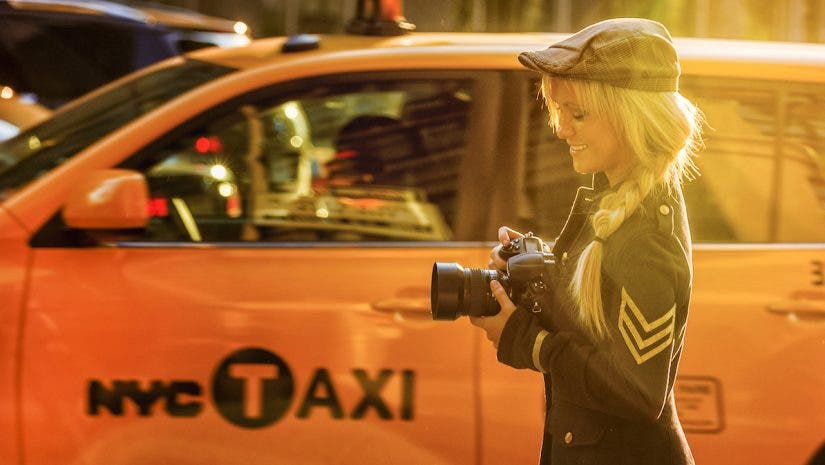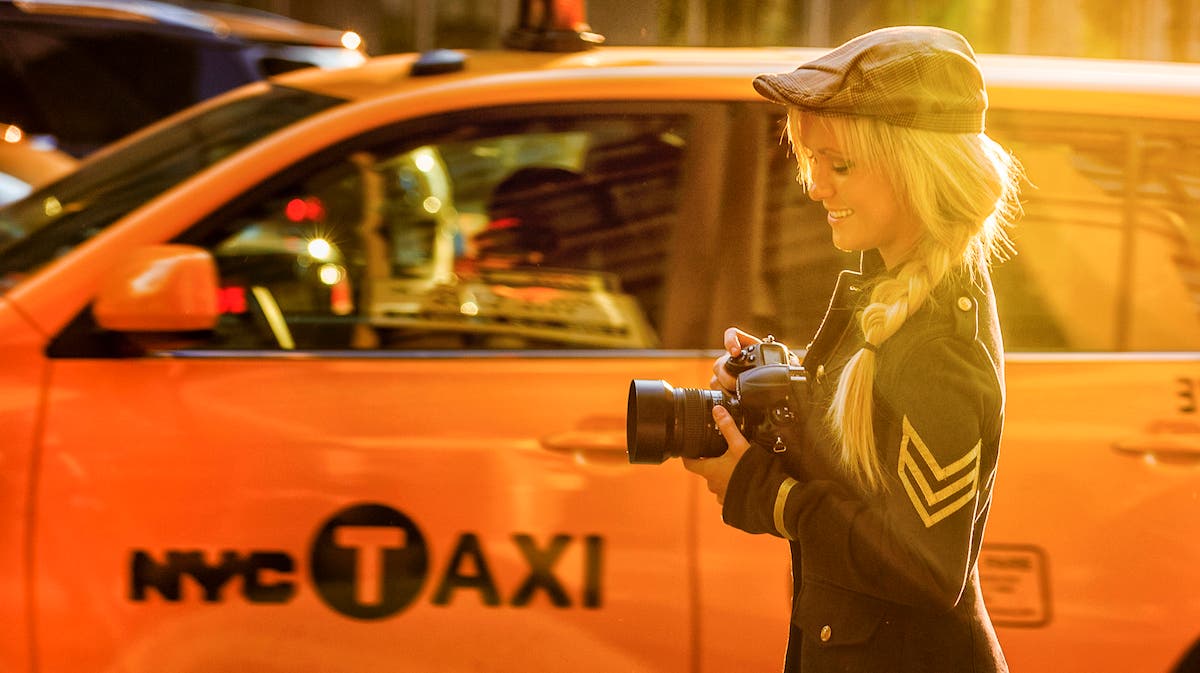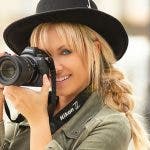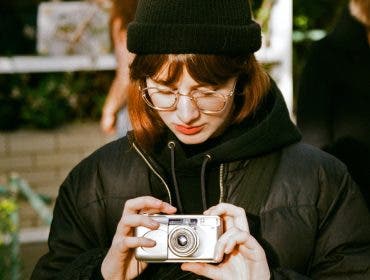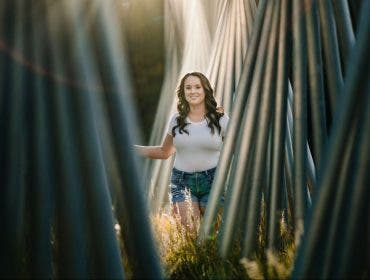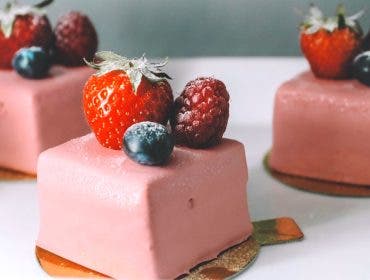Photography is one big insane adventure. It is my goal to say to anyone who has the dream of doing commercial lifestyle photography — or any photography for that matter — that you can do this. When I started my career, I had no connections, no experience, and no idea how I was going to make this dream happen. You need no degree, formal training, or certificate to become a photographer. It is all, primarily, been trial and error.
The most important decision you must make is to define what success looks like to you, then keep that laser-sharp focus in the back of your mind throughout your photography journey.
If your goal is to make a million bucks the easiest way possible, I can guarantee there are much easier ways to do that than in photography. Being a photographer requires crazy passion. The kind of intense passion that gets you up in the morning to create, to express yourself, and to define your vision.
You wear many hats in lifestyle photography. Lifestyle photographers learn to excel in many areas in addition to photography: business/entrepreneurship, marketing, communication, sales, accounting, and delegating — all of which can be learned.

What is Lifestyle Photography?
As a lifestyle photographer, I regularly photograph a wide variety of subjects from fashion, to commercial, portraits, and product. My goal is to bring out a brand’s genuine message. In a nutshell, I showcase an environment where customers of these brands would ultimately like to live and be present.
Lifestyle photography aims to show the heart and purpose behind a person, brand, or company. The shoot should tell a story through photos uniquely and artistically. It’s important to capture photos with candid, unstaged scenes. While this photography genre is people-centric, the overall concept still depends on the type of lifestyle photography you’re focused on.

Here are some examples of lifestyle photography I regularly shoot:
- Commercial: This kind of lifestyle photography showcases people using or benefiting from a product or service. You may end up cropping people in the final editing. Although, you’ll likely need a subject to show the product’s value.
- Street: Street lifestyle photography focuses on what people do in their everyday lives, including how they can use the products depending on their personal styles.
- Portrait: This kind of lifestyle photography includes solo or group shots that show movement and genuine interactions.
- Product: Product lifestyle photography exhibits products within a styled scene. It also uses models to introduce consumers to a particular lifestyle or aesthetic suited for an item.
- Fashion: This involves posed shoots in different locations to feature the latest fashion trends and styles. Lifestyle photography isn’t all about taking pictures. It also involves planning and conceptualizing before producing the right output. These are things you need to do when planning a typical lifestyle photography shoot.

Research for Lifestyle Photography
One of the keys to a successful lifestyle photoshoot is properly researching and taking time to learn about the brand or people you are working with. The majority of a brand’s image manifests in its delivery, including visual communication. For this reason, you need to take note of these things beforehand:
- Brand message
- Company goals, visions, and objectives
- Target market
- Competition
- Campaign period
- Types of marketing collaterals
- Colors
- Fonts
- Layouts
- Image dimensions
Even if you’re photographing individuals, learn how their daily life looks, the things they care about, and what they like and dislike.

Prepare the Technical Aspects
Lifestyle photoshoots should combine fun and authenticity. To get a natural output, you’ll want to conceptualize the technical aspects of the shoot — such as the theme, location, lighting, and wardrobe — beforehand.
These factors should aid you in telling the story behind the photos. Sketching the narrative or setup can help both you and the clients imagine and prepare in taking the shots.

Conceptualize and Collaborate with Clients
Some clients may reach out to you without a full concept — and that’s okay! You’ll need to think and prepare with them on what will happen during a session. You’ll also have an opportunity to bring your own ideas to the table.
If clients only tell you what they’re looking for, you need to develop an idea that can match their vision. On the other hand, other clients may have advertising agencies conceptualizing for them.
Either way, you can encourage clients to prepare by coming up with their desired shot list. In this way, you can manage expectations and fulfill what they want.

Lifestyle photography involves shooting photos that convey a story, personality, feeling, relationship, or interaction. Here are simple ways for you to achieve that:
- Capture a mix of shots — including close-up shots, wide, medium and super wide shots — that show the whole environment.
- Get multiple angles by changing your position, lens, or framing.
- Guide the subjects to act naturally. I capture this by shooting through moments. So, I may burn some digital files in order to capture the natural moments I am looking for.
- Anticipate candid moments and allow your subjects to be themselves and express their personality.
- Help set a mood by playing music or interacting with the subjects.

Where to Start
Your job as a lifestyle photographer is to give the viewers a sense of how the subjects interact or move within a given concept or situation. However, you can only achieve that once you’ve done the following:
- Mastered shooting skills: Clients spend thousands of dollars for a day of shooting. You want to make sure that clients get the shots they are looking for. Hence, you’ll need to combine your creativity and experience to materialize a client’s visions.
- Gained technical knowledge: While there are things that you can usually apply to most photography niches, there are particular aspects you need to work on. For instance, your lighting will make all the difference in the outcome of lifestyle images. At outdoor locations, I utilize natural light and reflectors. While inside, we may use strobes or continuous light to create a scene.
- Prepare legal documents: It’s crucial that you and your client agree on the cost of the overall shoot. This is especially true if you need to pay for models, additional equipment, locations, or transportation. Your estimate should capture all costs involved. You will also want to have models sign a model release form. The location owner should sign a location release form as well.
- Have an efficient team: Clients will likely want a well-coordinated team to ensure things run smoothly. A lifestyle photography team typically consists of a producer, production assistants, lighting technician, models, wardrobe stylists, and hair and makeup artists.
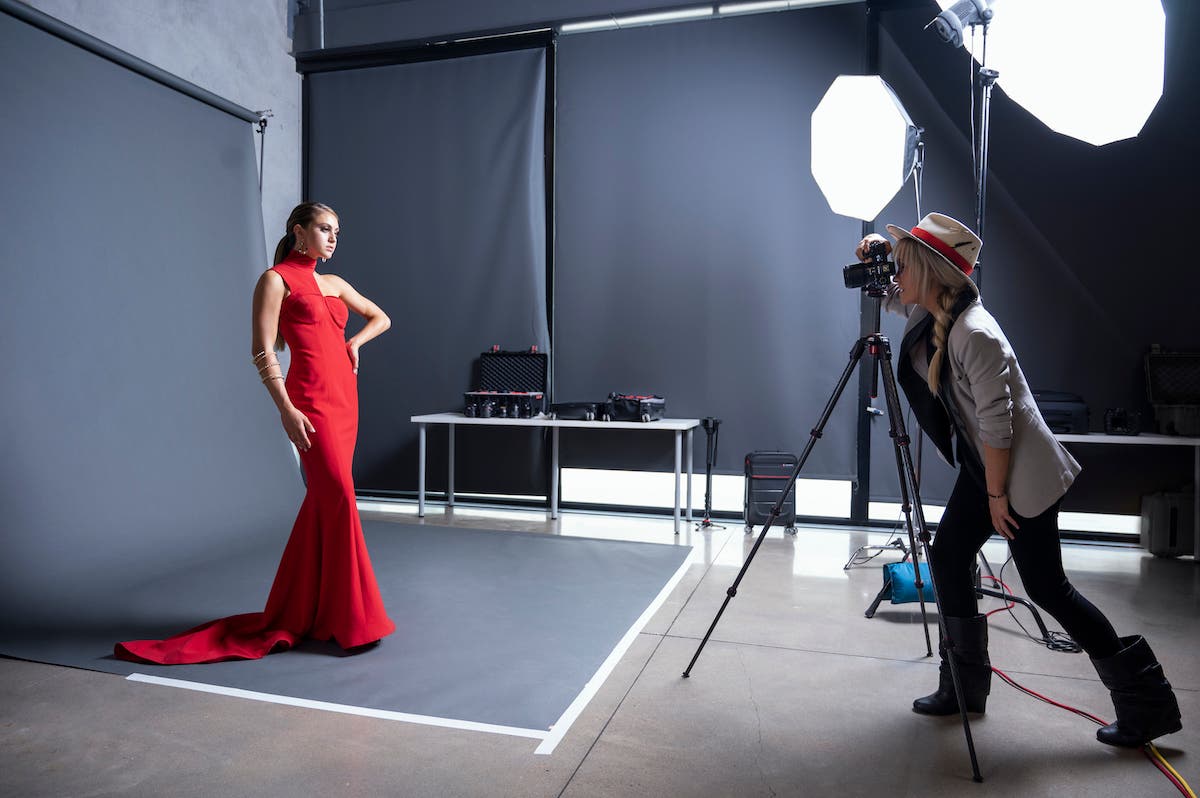
Best Gear for Lifestyle Photography
Using the right equipment is essential for a successful lifestyle photography production. You should consider what works for your style and budget. Here is some of my favorite gear picks for lifestyle shoots:
SanDisk Extreme PRO CFexpress Type-B Memory Card
These are amazing high-capacity memory cards that are crazy fast and reliable. It is super important for lifestyle photographers to have enough memory for each shoot.
SanDisk Extreme PRO Portable SSD
This is for backing up your shoot on set. The SanDisk SSDs are blazing fast, super reliable, and compact so you can easily fit them in your camera bag.
SanDisk Professional G-RAID Shuttle
These large capacity drives allow you to backup and archive all your RAW photos, video, and production documents. They are also extremely fast and reliable.
Nikon Z 9 Mirrorless Digital Camera Body
I usually carry two full-frame bodies. The Nikon Z 9 is great for capturing lifestyle moments with its 20fps. The way this camera renders skin tones is stunning.
Nikon NIKKOR Z 85mm f/1.2 S Lens
Nikon NIKKOR Z 35mm f/1.8 S Lens
Nikon NIKKOR Z MC 105mm f/2.8 VR S Lens
I need fast glass like these three lens. It is important to have fast glass when you are trying to capture motion, movement, and authenticity.
Profoto B1X 500
I use the Profoto B1X when on-location with a beauty dish (white interior). I love this monolight as it is super powerful and only requires a battery, so you can take these anywhere.
Manfrotto Pro Light Flexloader Backpack
This is my favorite go-to backpack for lifestyle photography. It is easy to see all of your gear and it can pack everything I need.
My Editing Process
My editing process is quite simple, as I love to focus on capturing mostly in camera. I use Capture One to edit and export all the proofs and high-resolution TIFFs. Then, I go into Photoshop for skin retouching and more detailed editing. I currently also use Luminar for creative edits.

In conclusion, if you have the dream of becoming a lifestyle photographer, you can absolutely make it happen. Once you’ve followed the steps included in this article on how to create a successful lifestyle photoshoot, you can create a solid portfolio of lifestyle work and start showing it to art and creative directors, brands, and agencies. These meetings will serve as your intro into gaining paid lifestyle clients.
